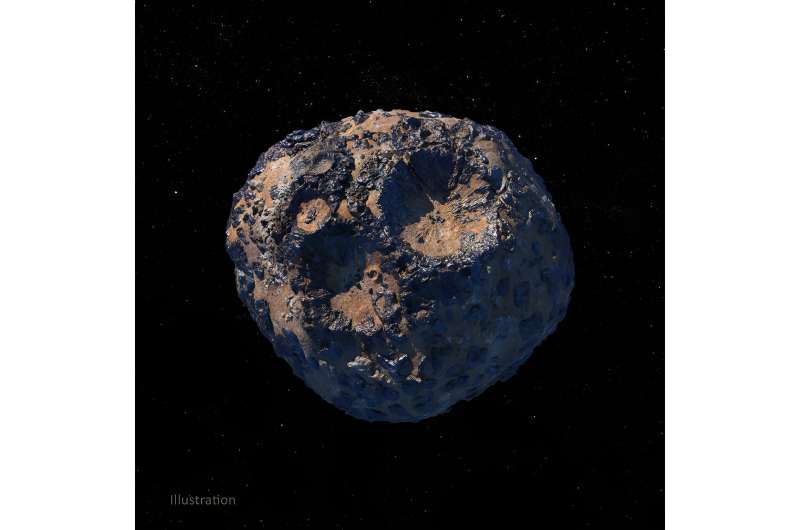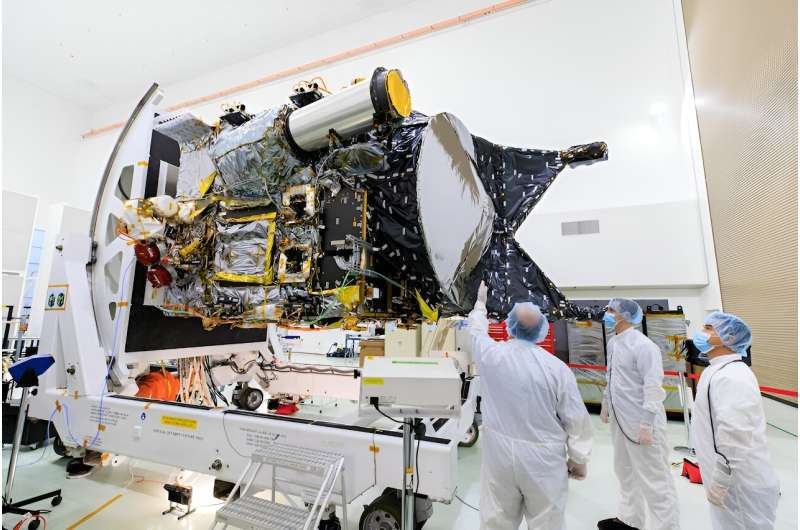South China Morning Post
Thu, August 17, 2023
BYD, the world's largest electric vehicle (EV) builder, has launched a new premium brand that will pit the Chinese carmaker against the likes of Toyota's Prado, Land Rover and Porsche.
Wang Chuanfu, founder and chairman of Shenzhen-based BYD, told a press conference on Wednesday that the new Fang Cheng Bao brand will offer electric off-road-capable sport-utility vehicles (SUVs) and sports cars, aiming not only to meet drivers' transport needs but also cater to their need to display their status and individualism.
"We hope the brand will accelerate the transition of the EV industry, with more new-energy vehicles replacing internal-combustion-engine counterparts," he said. "Fang Cheng Bao will turn each individual customer's dream into a reality."
Do you have questions about the biggest topics and trends from around the world? Get the answers with SCMP Knowledge, our new platform of curated content with explainers, FAQs, analyses and infographics brought to you by our award-winning team.
Fang Cheng literally translates as formula in Chinese, and Bao means leopard.

BYD chairman Wang Chuanfu speaks to reporters at the launch ceremony of the carmaker's new brand Fang Cheng Bao on August 16, 2023. Photo: Handout alt=BYD chairman Wang Chuanfu speaks to reporters at the launch ceremony of the carmaker's new brand Fang Cheng Bao on August 16, 2023. Photo: Handout>
Vehicles under the brand will use BYD's new plug-in hybrid platform, known as DMO, which stands for "dual-mode off-road", and will be equipped with the DiSus-P intelligent body control system.
The carmaker, backed by Warren Buffett's Berkshire Hathaway, said the first production model, the Leopard 5 SUV, will debut at the Chengdu Motor Show, which starts on August 25. BYD did not say when the vehicle will go into production.
The SUV is expected to be priced between 400,000 yuan (US$54,809) and 600,000 yuan, according to analysts.
The Leopard 5 is now undergoing tests under different weather and traffic conditions, while the company is also developing several other models targeting wealthy Chinese customers, BYD said.
In the off-road SUV segment, which is dominated by petrol-powered vehicles, only Great Wall Motor's Tank 500 has a plug-in hybrid version.
"BYD's drive to move up the value chain continues because Fang Cheng Bao vehicles will be much more expensive than its blockbuster products that are priced below 200,000 yuan," said Eric Han, a senior manager at Suolei, an advisory firm in Shanghai. "It appears to be very ambitious in expanding its production line."
BYD has historically been better known for cheaper electric cars priced below 200,000 yuan, about 30 per cent below premium models from Tesla and Chinese competitors such as Nio and Xpeng.
The carmaker, which dethroned Tesla as the world's largest EV maker last year, already builds and sells vehicles under the Dynasty and Ocean series, as well as the Denza and Yangwang brands.
In late June, BYD said it would begin delivering its Yangwang U8, a luxury car priced at 1.1 million yuan, in September. The U8's appearance evokes comparisons with Range Rover. It can accelerate to 100km/h from a standstill in 3.6 seconds, and its four wheel-side motors can rotate the vehicle in a so-called tank turn and even allow it to crab-walk sideways.
BYD launched two Denza-branded models in just one month between July and August, exuding its confidence about climbing up the value chain.
Shenzhen Denza New Energy Automotive, which is 90 per cent owned by BYD, began taking orders for its plug-in hybrid N8 model early this month. The car, expected to take on Li Auto's L8, the bestselling premium EV by a Chinese carmaker, ranges from 319,800 yuan to 326,800 yuan.
Copyright (c) 2023. South China Morning Post Publishers Ltd. All rights reserved.
Medha Singh
Thu, August 17, 2023

(Reuters) -Shares of Vietnamese electric automaker VinFast tumbled for a second straight session on Thursday, giving up some of the gains from a meteoric surge in its Wall Street debut that saw it eclipse the market values of Ford and General Motors.
VinFast's shares dropped nearly 34%, bringing the stock's total decline to 46% in the past two sessions.
With 99% of the company controlled by founder Pham Nhat Vuong, the stock's tiny float is susceptible to more volatility.
Just $44 million worth of VinFast's shares were traded on Thursday, compared to turnover of $27 billion in Tesla, which fell 2.8%.
Meanwhile, the cash-burning company's lofty valuation could be at risk as it looks to raise more capital over the next 18 months. It faces an ambitious annual goal set by Vuong to sell 50,000 EVs, more than twice the sales notched up so far this year.
"VinFast may well represent a new successful competitor in the EV space (but) unlike Tesla's entry years ago, the space is now crowded with offerings from several manufacturers," said Rick Meckler, partner at Cherry Lane Investments in New Jersey.
VinFast hit an eye-popping valuation of $85 billion on its first day of trading on Tuesday. That was more than three times the valuation at which it merged with a blank-check company Black Spade Acquisition, making it Asia Pacific's biggest M&A deal this year.
Followings deep losses in the past two days, VinFast's stock market value is now about $46 billion, compared to General Motors' value of $45 billion and Ford Motor's $47 billion value.
The automaker has also struggled to retain senior executives and offer share-based compensation at a time when it is looking to shift to a new "hybrid model" for sales, bringing in distributors and dealers for overseas markets.
Shares of other EV firms including Lucid and Fisker that listed through blank-check deals have also fallen since their debut.
"The initial strong debut seems trading driven – lots of buyers chasing a limited float – and it will be difficult for the stock to maintain this valuation, particularly once more shares become available," Meckler said.
After VinFast said on Tuesday it wants to sell its cars through dealers, in addition to its direct-to-consumer approach, several U.S. dealers contacted by Reuters said they were open to the idea.
(Reporting by Medha Singh in Bengaluru; additional reporting by Noel Randewich in Oakland, Calif.; Editing by Arun Koyyur, Sriraj Kalluvila, Alexandra Hudson and Andy Sullivan)
Vietnam Tycoon Loses $18 Billion After EV Maker’s Shares Sink
Anders Melin
Fri, August 18, 2023
(Bloomberg) -- VinFast Auto Ltd.’s wild debut as a publicly traded company brought its founder along for the ride.
The Vietnamese electric-vehicle maker’s shares closed at $15.40 Friday, ending a roller-coaster week that saw the stock spike 255% to $37.06 on Tuesday, its first day of trading on the Nasdaq after merging with a blank-check company. That was followed by three days of declines.
Chairman and founder Pham Nhat Vuong, who controls all but a few shares of the company, saw his net worth tumble roughly 52% to $21.2 billion over the same three-day stretch, according to the Bloomberg Billionaires Index.
Still, Vuong isn’t hurting. Because Bloomberg’s index hadn’t accounted for his stake in VinFast until the company completed its SPAC merger this week, he remains significantly richer than before the listing.
On paper, he gained almost $40 billion in the first trading day — one of the biggest wealth jumps ever recorded by the index.
Big share-price swings were to be expected. Vuong controls 99% of VinFast’s stock, mostly through his business conglomerate, Vingroup JSC. That leaves a small fraction for other investors to trade, meaning that even relatively small transactions can have a big impact on the price.
VinFast’s market capitalization peaked on Tuesday at $85 billion, when it was briefly ahead of General Motors Co. despite being on pace to make fewer sales this year than GM does in a week. It ended the week around $36 billion, still ahead of EV competitors like Rivian Automotive Inc., Nio Inc. and Lucid Group Inc.
--With assistance from Tom Maloney.














